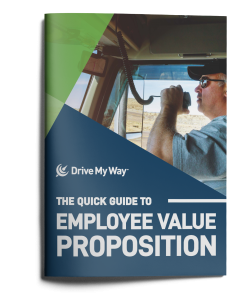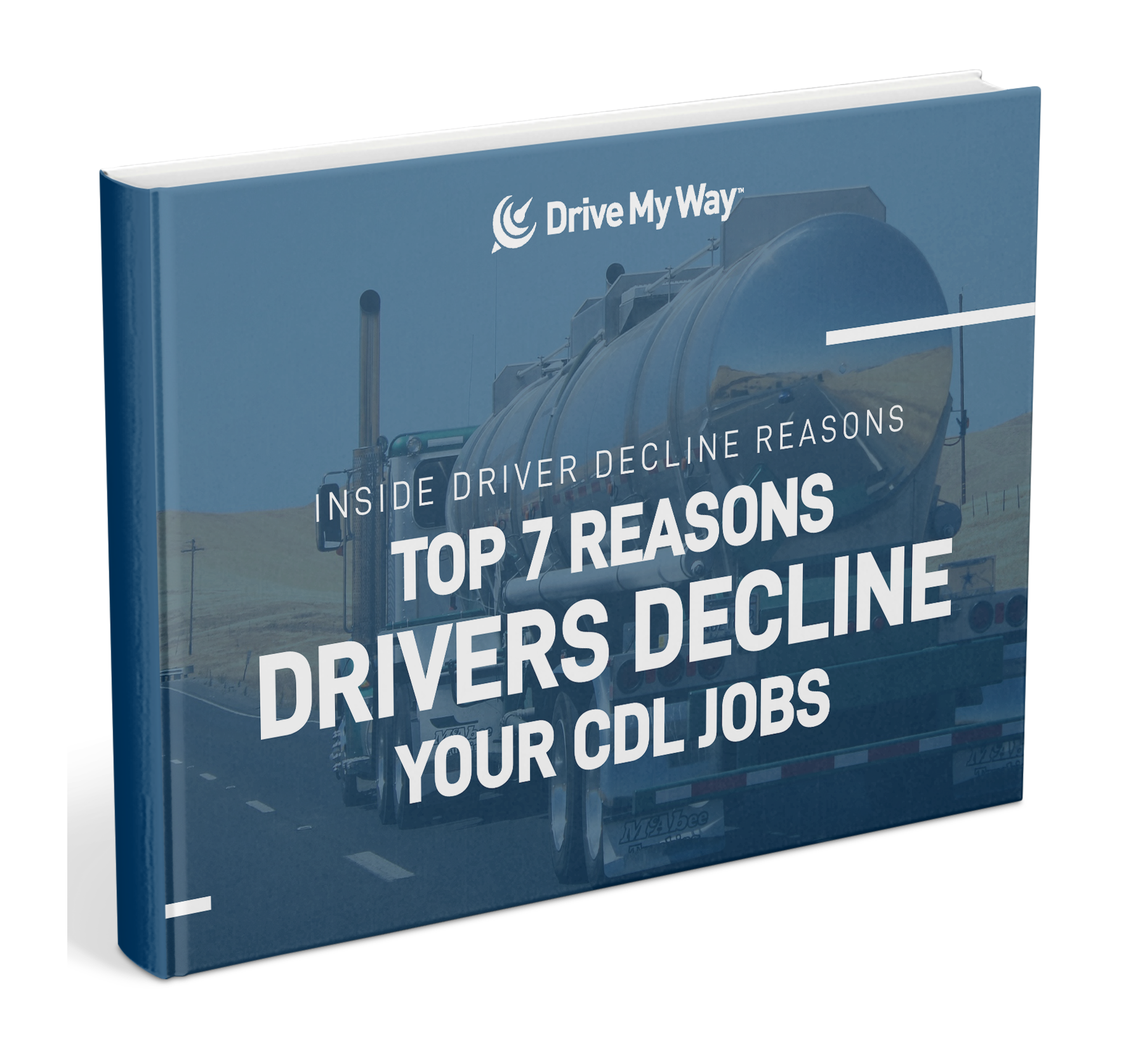
Trucking recruiters are invaluable to their carriers. Recruiters find and interview leads, identify top talent, send them job offers, and shepherd drivers through training and orientation. Without strong recruiters, truck driving jobs would remain unfilled and trucks would be sitting idle. Recruiters are especially important for a tough industry like trucking which faces unique obstacles. Here are 4 challenges facing trucking recruiters.
1. Driver Shortage
Let’s get the obvious stuff out of the way: the biggest challenge for anyone in this industry is the driver shortage. The truck driver shortage has increased, and the industry is lacking about 60,000 drivers. The driver shortage will continue and grow over the next few years, even taking into account a rise in autonomous trucks. While the driver shortage affects the entire industry and economy, it’s a major challenge for recruiters. Finding the best talent for your carriers is extremely difficult when the pool of candidates is narrow. Worse still, these candidates are courted by many carriers simultaneously, so it’s difficult to entice them with something the top carriers can’t match.
2. Unqualified Leads
Even when you find drivers in the midst of the shortage, about 50% of your leads will not be viable. Recruiting is a matching game—you can’t just pick any driver for any kind of trucking job. While sorting through dozens of candidates you’ll find that over half are unqualified, uninterested, inexperienced, or otherwise inappropriate for the job. Meanwhile, you’ll have wasted time and precious recruiting budget on pursuing dead leads.
Instead of recruiting blindly, what you really need is a stronger matching or screening system.
3. High Turnover
As if the driver shortage wasn’t enough, trucking recruiters also deal with high turnover. Once a carrier finally lands a top driver, it’s not as if they will always stick around for long. In fact, many fleets are losing more drivers than they recruit each year. Carriers can use incentives like signing bonuses, but those aren’t geared toward retention. Strong retention starts with strong recruiting, so it helps if you only hire drivers who are a good match. Survey your drivers to better meet their needs and match their values will also help reduce the chances they are enticed by job offers from rivals. Still, building a solid company culture which nurtures driver loyalty can be a long-term investment that is easier said than done.
4. Budget Allocation
You only have so much money you can spend on recruiting. What and where to spend that money on are challenging questions facing all trucking recruiters. Today there are many more recruiting channels than ever before and carriers want to spread a wide net, reaching as many drivers as possible. At the same time, you may be wasting money if you allocate it toward recruiting methods that just aren’t effective. Measuring your recruiting effectiveness is an essential task that can help you allocate your budget efficiently, reach more drivers, and save money. Nevertheless, spending that kind of research is time-consuming in itself.
What recruiters really need are strong tools which help them recruit very efficiently through different channels suited for location and job type



 CDL truck drivers have many things to consider when taking on a new trucking job. Routes, benefits, work-life balance, and certainly driver pay are key factors. And pay is usually at the top of that list. From
CDL truck drivers have many things to consider when taking on a new trucking job. Routes, benefits, work-life balance, and certainly driver pay are key factors. And pay is usually at the top of that list. From 



















